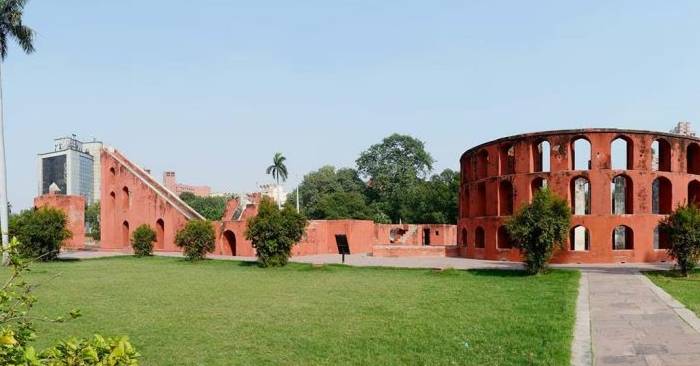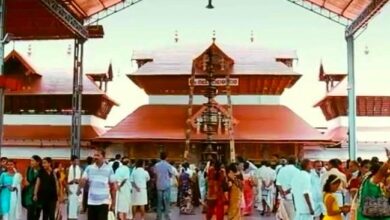Jantar Mantar: Unveiling Secrets of Astronomy

Jantar Mantar, a historical marvel nestled in Delhi, has been captivating tourists since the early 18th century. Built by Maharaja Sawai Jai Singh, the ruler of Jaipur, this observatory stands as a testament to India’s rich astronomical heritage. Although similar structures were constructed in Jaipur, Mathura, Ujjain, and Varanasi, only the one in Delhi remains intact today.
The name “Jantar Mantar” derives from the Sanskrit words “Yantra Mandir,” reflecting its function as an instrument temple. Maharaja Jai Singh’s passion for astronomy led him to procure a European telescope from the Portuguese, demonstrating his dedication to advancing scientific knowledge.
The observatory houses six meticulously crafted instruments, each serving a unique purpose. The grand “Samrat Yantra” stands as the largest instrument, used to determine time by observing shadows and the altitude of the sun. Nearby, the “Mishra Yantra” aids in calculating the positions of other planets. The “Jaiprakash Yantra” consists of two sundials, while the “Rama Yantra” measures the azimuth of the sun.
Jai Singh’s cosmopolitan approach to astronomy integrated Indian, European, and Persian traditions. It’s speculated that the alignment of Jantar Mantar’s instruments with observatories in Greenwich, England, and Zurich, Switzerland, reflects this global influence.
For travelers keen on exploring Jantar Mantar, several considerations should be kept in mind. The observatory welcomes visitors from sunrise to sunset, with an entry fee of Rs 25 for Indians and Rs 500 for foreigners. Photography is permitted at no extra cost, while videography incurs a fee of Rs 25. The nearest metro station is Patel Chowk, providing convenient access to this architectural gem steeped in astronomical wonder.






